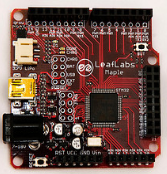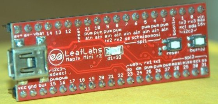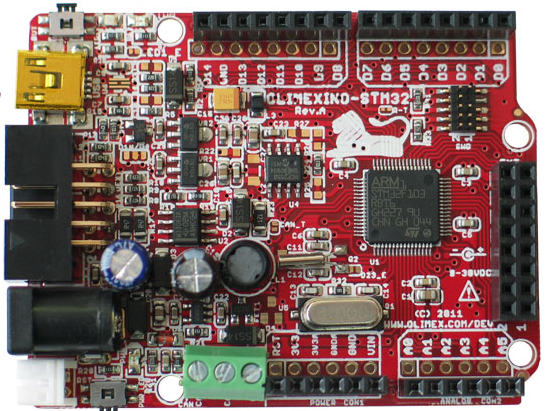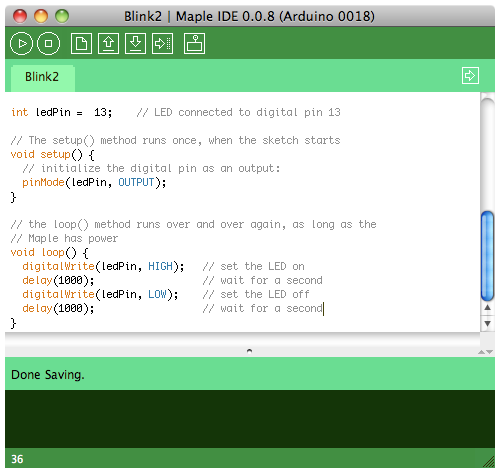
What is Arduino ?
Arduino is an open-source electronics prototyping platform, designed to
make the process of using electronics in multidisciplinary projects
more accessible.
The hardware consists of a simple open hardware design for the Arduino
board with an ATMel AVR processor and on-board I/O support.
The software consists of a standard programming language and the boot loader that runs on the board.
Arduino hardware is programmed
using a Wiring-based language (syntax + libraries), similar to C++ with
some simplifications and modifications, and a Processingbased IDE.
The project began in Ivrea,
Italy in 2005 to make a device for controlling student built
interaction design projects less expensively than other prototyping
systems available at the time.
Founders Massimo Banzi and David Cuartielles named the project after a local bar named Arduino.
More information could be found at the creators web page http://arduino.cc/ and in the Arduino Wiki http://en.wikipedia.org/wiki/Arduino
To make the story short -
Arduino is easy for the beginners with lack of Electronics knowledge,
but also do not restrict the professionals as they can program it in
C++ or mix of Arduino/C++ language.
There are thousands of projects
which makes the startup easy as there is barely no field where Arduino
enthusiasts to have not been already.
Arduino has inspired two other major derivates - MAPLE and PINGUINO.
Based on 8-bit AVR technology
the computational power of Arduino boards are modest, this is why team
from MIT developed MAPLE project which is based on CORTEX-M3
STM32F103RBT6 microcontroller, the board have same friendly IDE as
Arduino and offers the same capabilities as hardware and software but
runs the Arduino code much faster.
Maple project can be found at:
http://leaflabs.com
The Hardware
Some Arduino-STM32 boards are here:





